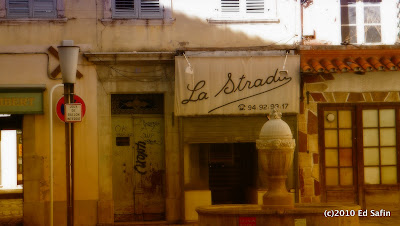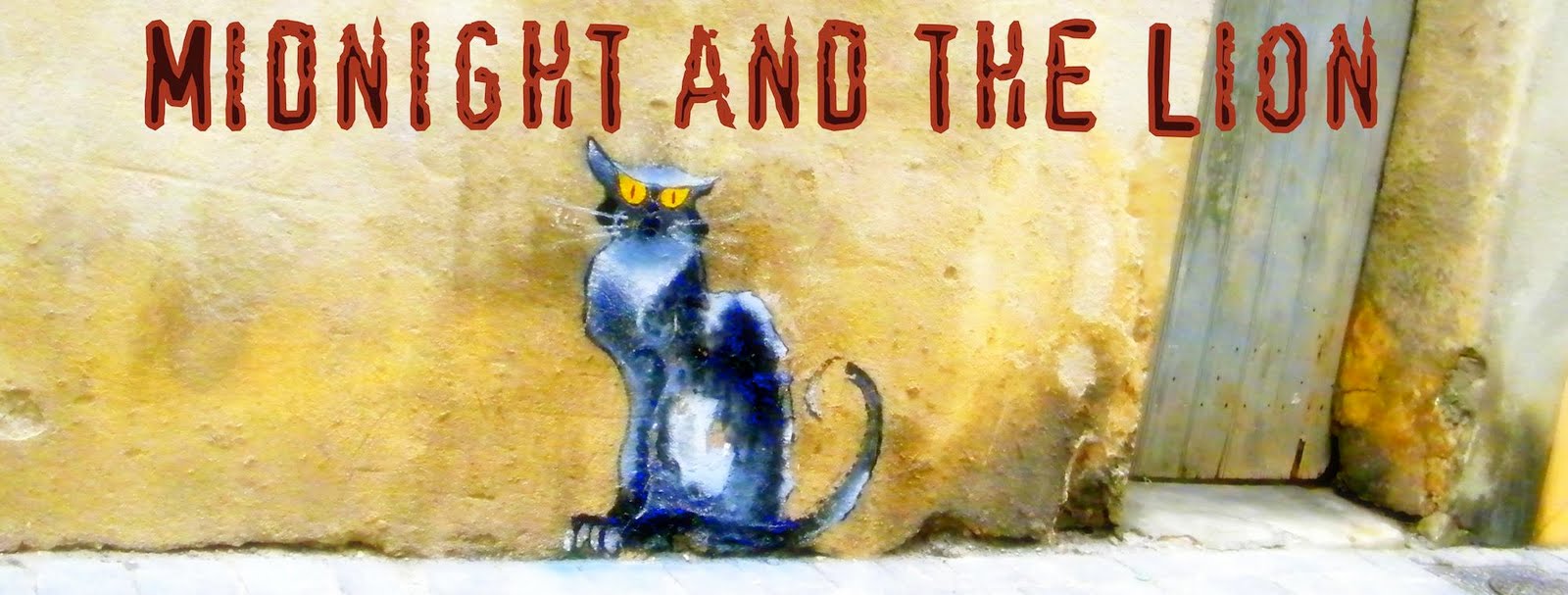
Wednesday, October 27, 2010
Tuesday, October 26, 2010
Limburg, 2009
 |
| From 2009 |
Limburg (Dutch and Limburgish: (Nederlands-)Limburg) is the southernmost of the twelve provinces of the Netherlands. It is located in the southeastern part of the country and bordered by the province of Gelderland to the north, Germany to the east, Belgium to the south and part of the west, and the Dutch province of North Brabant partly to the west. Its capital is Maastricht.
Limburg has a highly distinct character. The social and economic trends which affected the province in recent decades generated a process of change and renewal which has enabled Limburg to transform its national peripheral location into a highly globalized regional nexus, linking the Netherlands to the Ruhr metro area and the southern part of the Benelux region. A less appreciated consequence of this international gateway location is rising international crime, often drugs-related, especially in the southernmost part of the province.
Labels:
2009,
Ed Safin,
foto,
Limburg,
Netherlands,
photography
Monday, October 25, 2010
Toulon. La Strada
 |
| From 2010.09 |
Archeological excavations, such as those at the Cosquer Cave near Marseilles, show that the coast of Provence was inhabited since at least the Paleolithic era. Greek colonists came from Asia Minor in about the seventh century BC and established trading depots along the coast, including one, called Olbia, at Saint-Pierre de l'Almanarre south of Hyères, to the east of Toulon. The Ligurians settled in the area beginning in the fourth century BC.
In the second century BC the residents of Massalia (present-day Marseilles) called upon the Romans to help them pacify the region. The Romans defeated the Ligurians and began to start their own colonies along the coast. A Roman settlement was founded at the present location of Toulon, with the name Telo Martius - Telo, either for the goddess of springs or from the Latin tol, the base of the hill - and Martius, for the god of war. Telo Martius became one of the two principal Roman dye manufacturing centers, producing the purple color used in imperial robes, made from the local sea snail called murex, and from the acorns of the oak trees. Toulon harbour became a shelter for trading ships, and the name of the town gradually changed from Telo to Tholon, Tolon, and Toulon.
Thursday, October 21, 2010
Tuesday, October 19, 2010
Subscribe to:
Posts (Atom)




